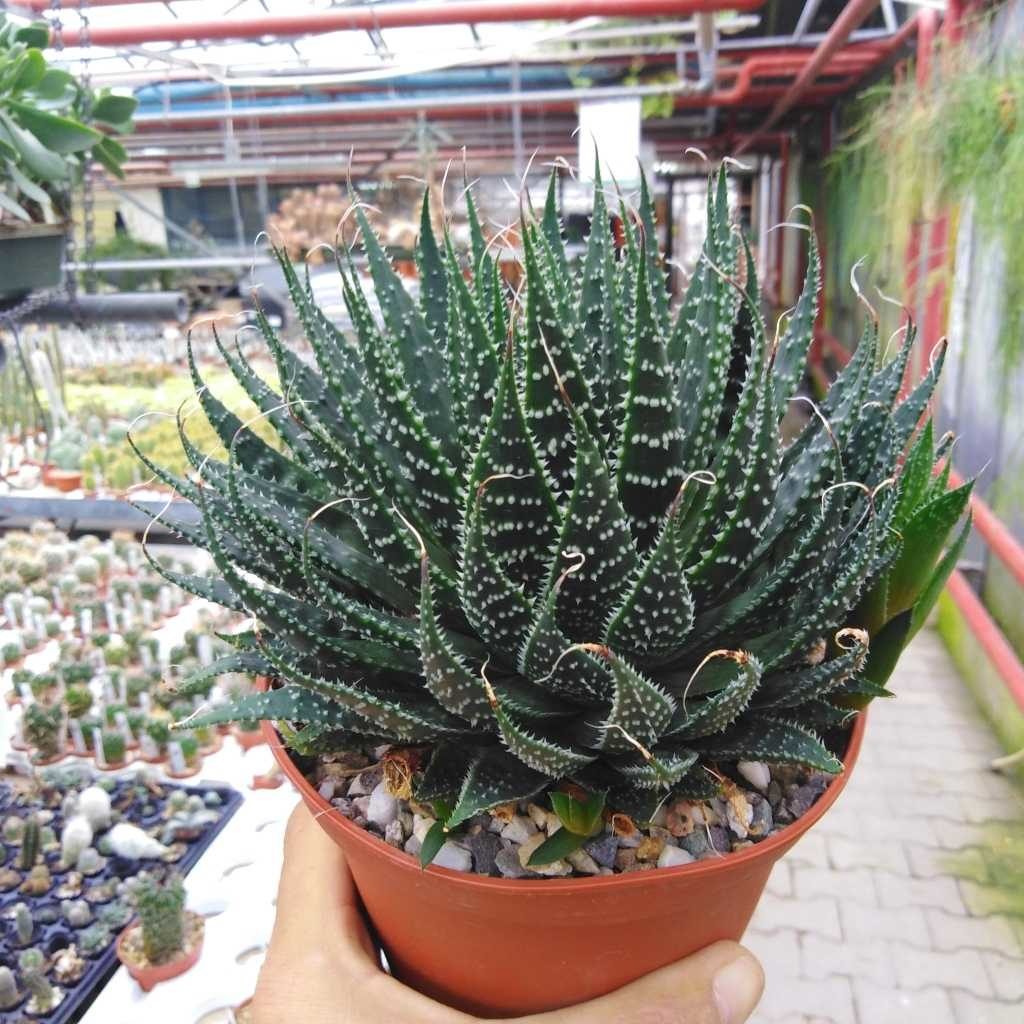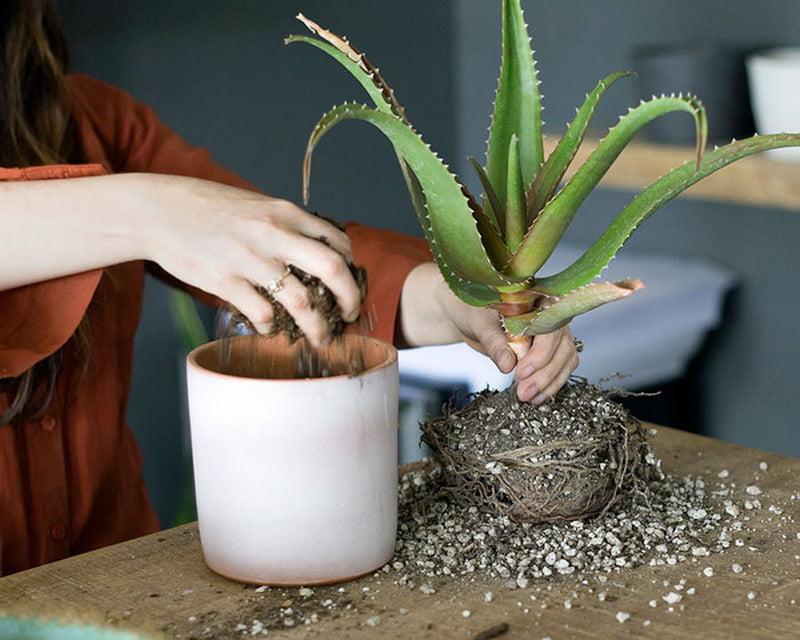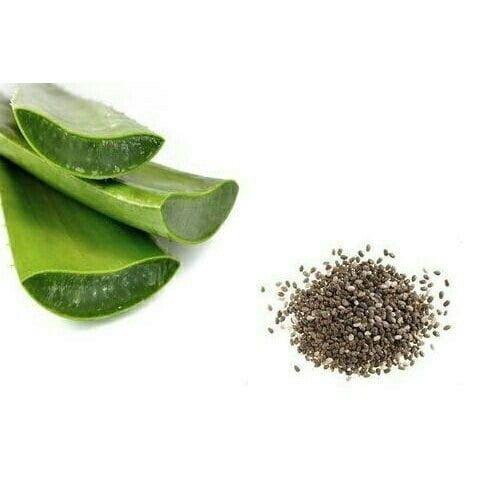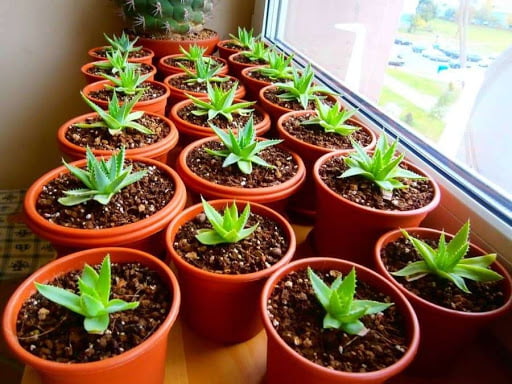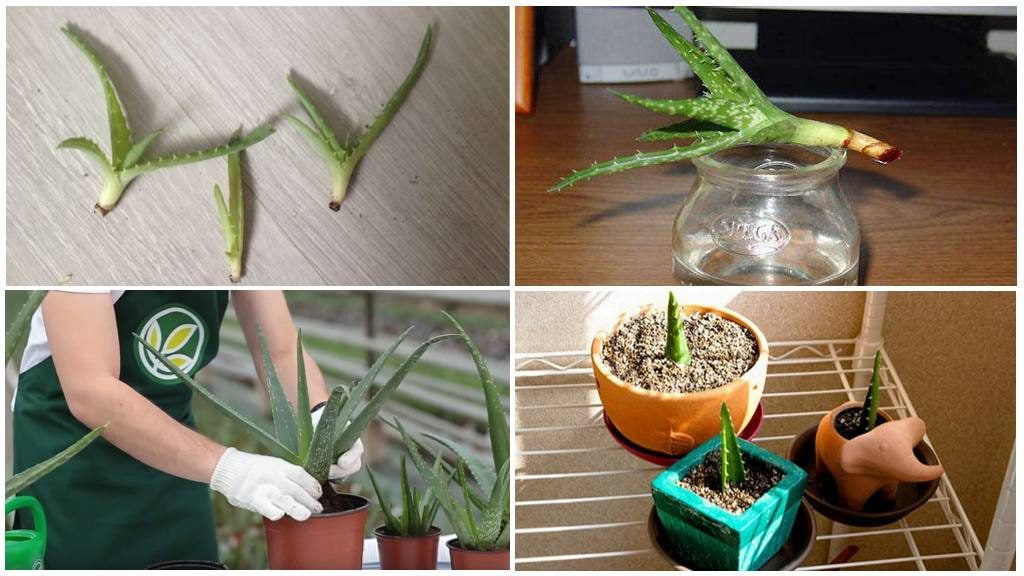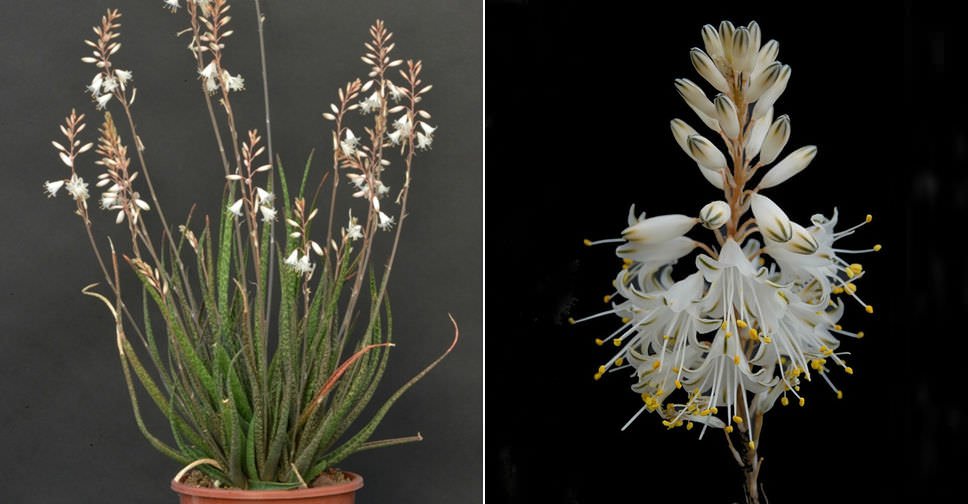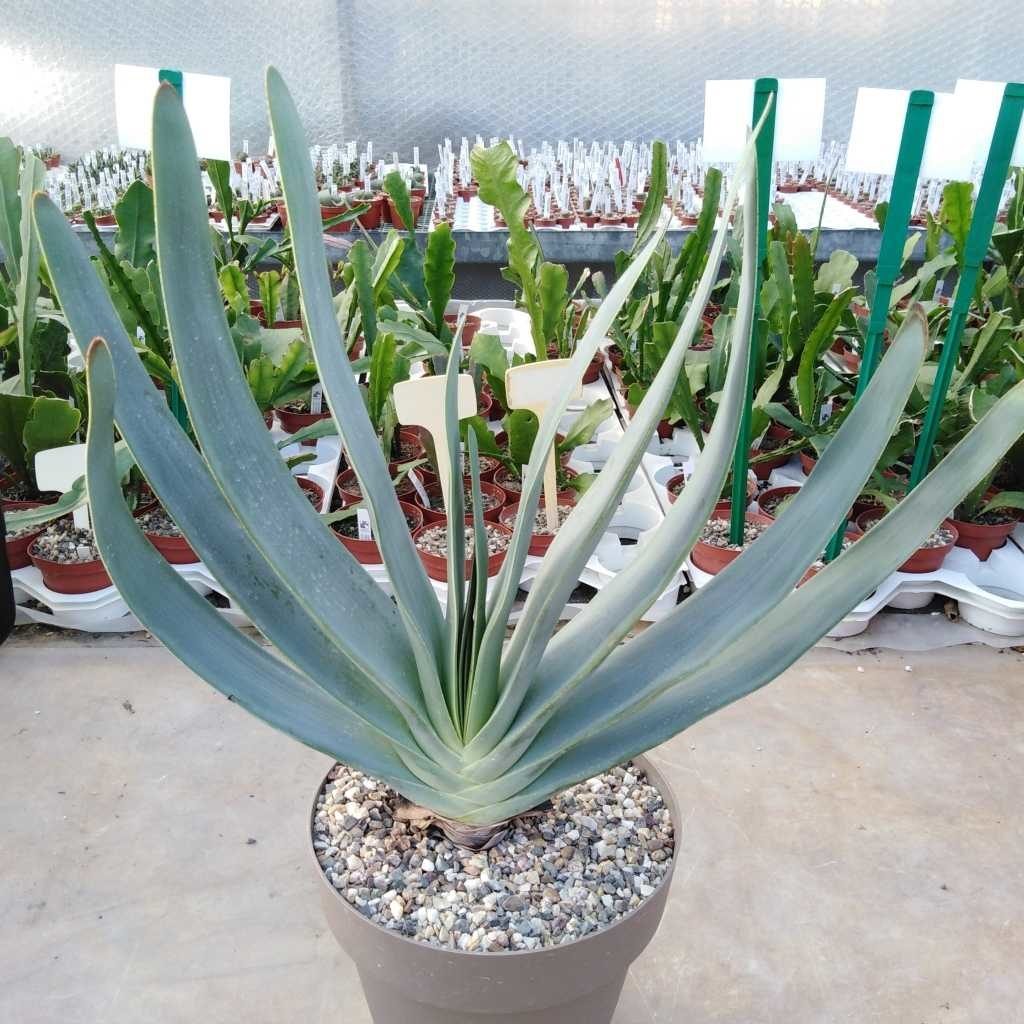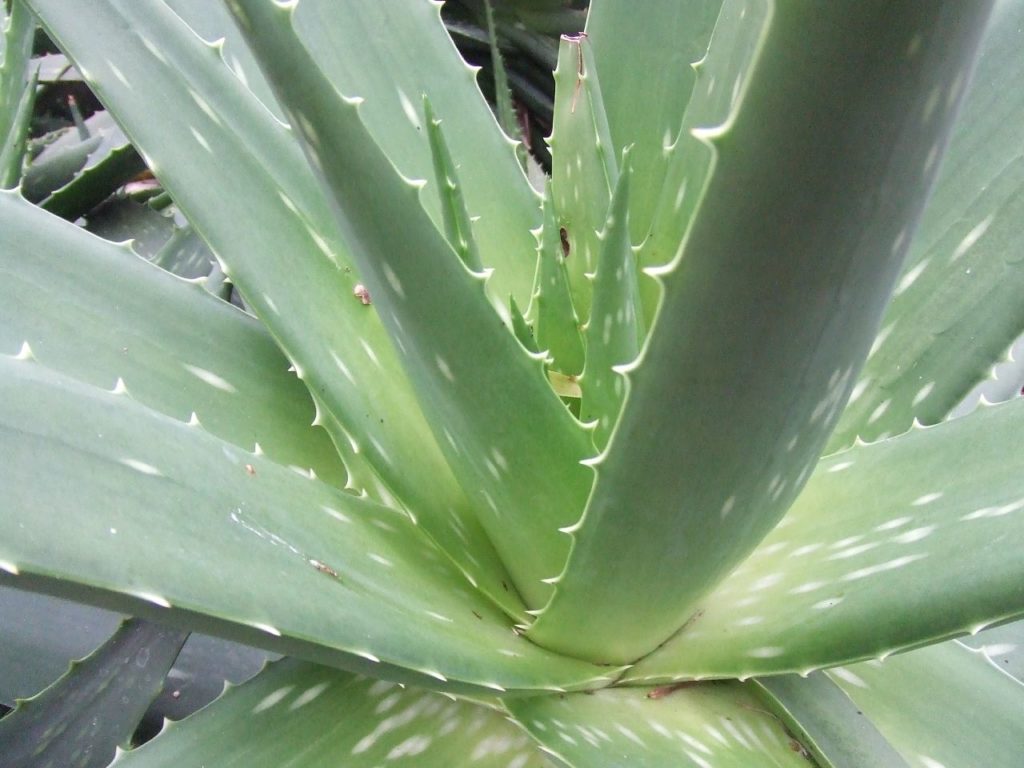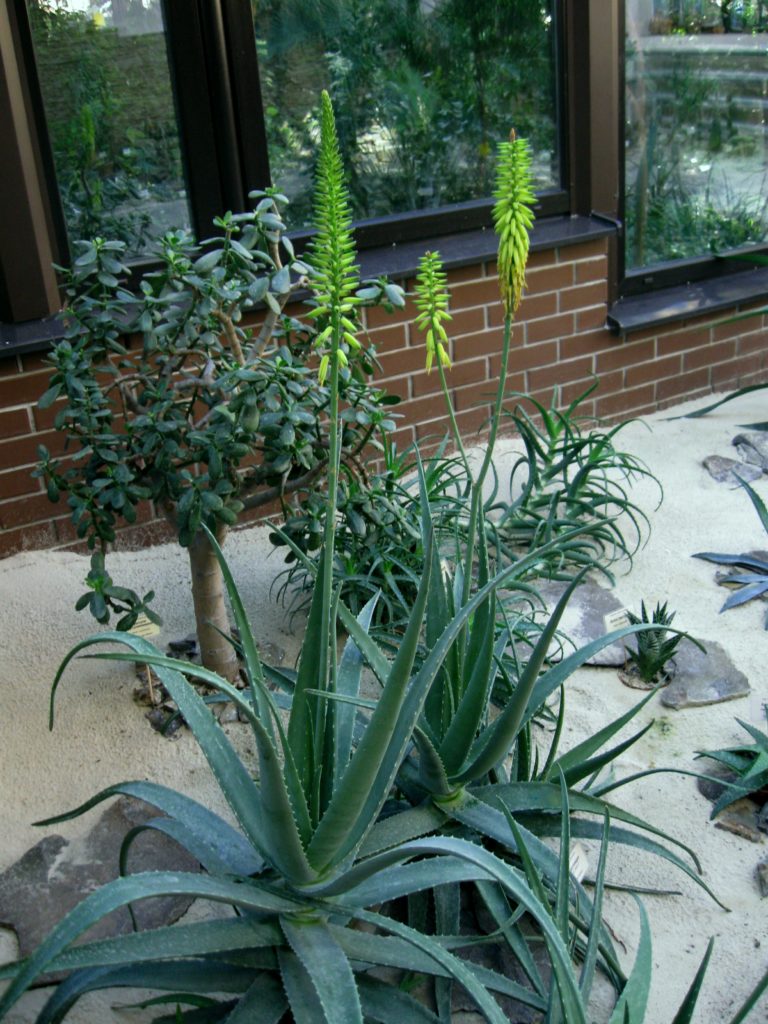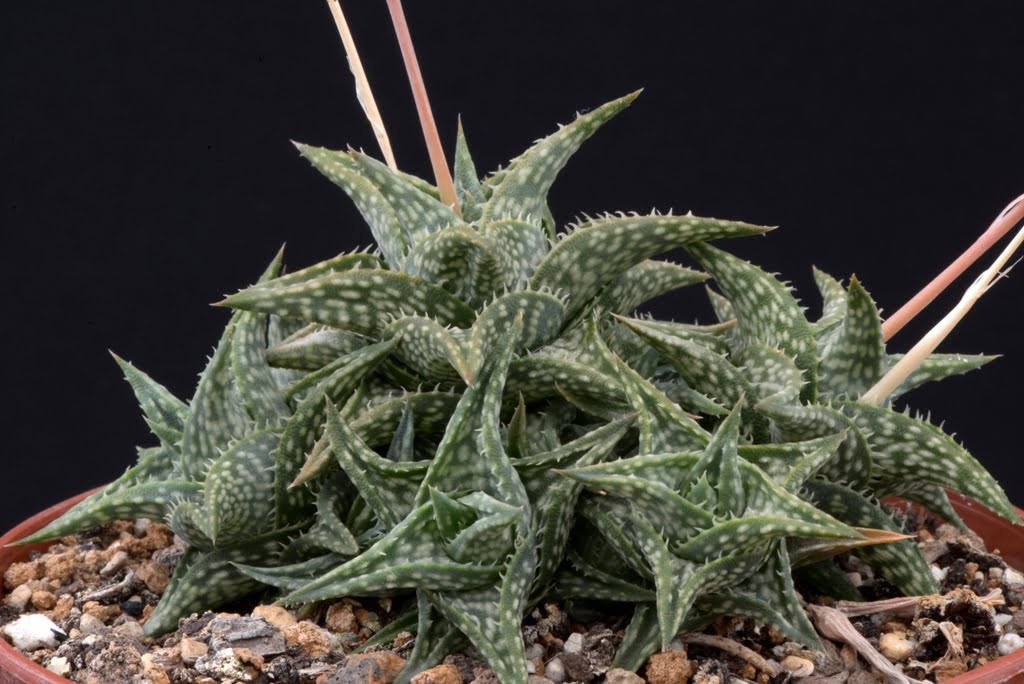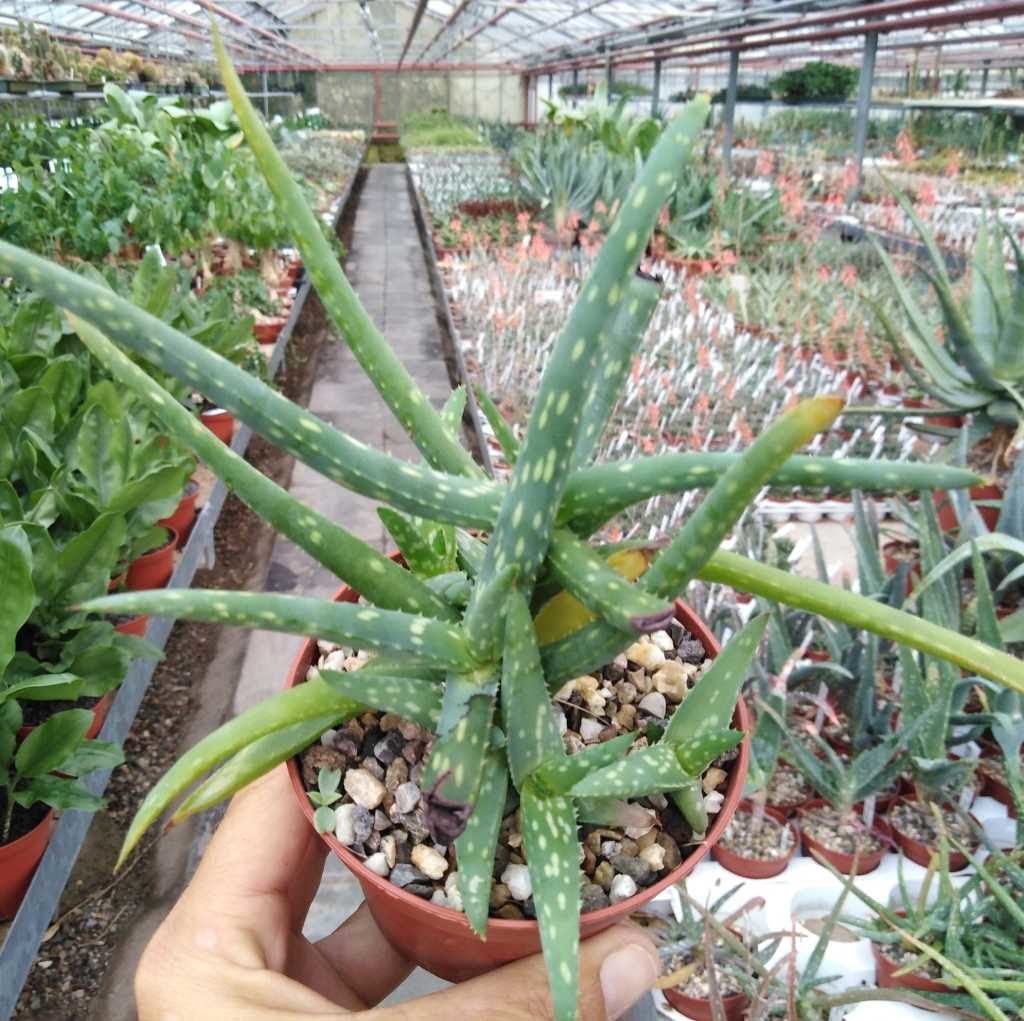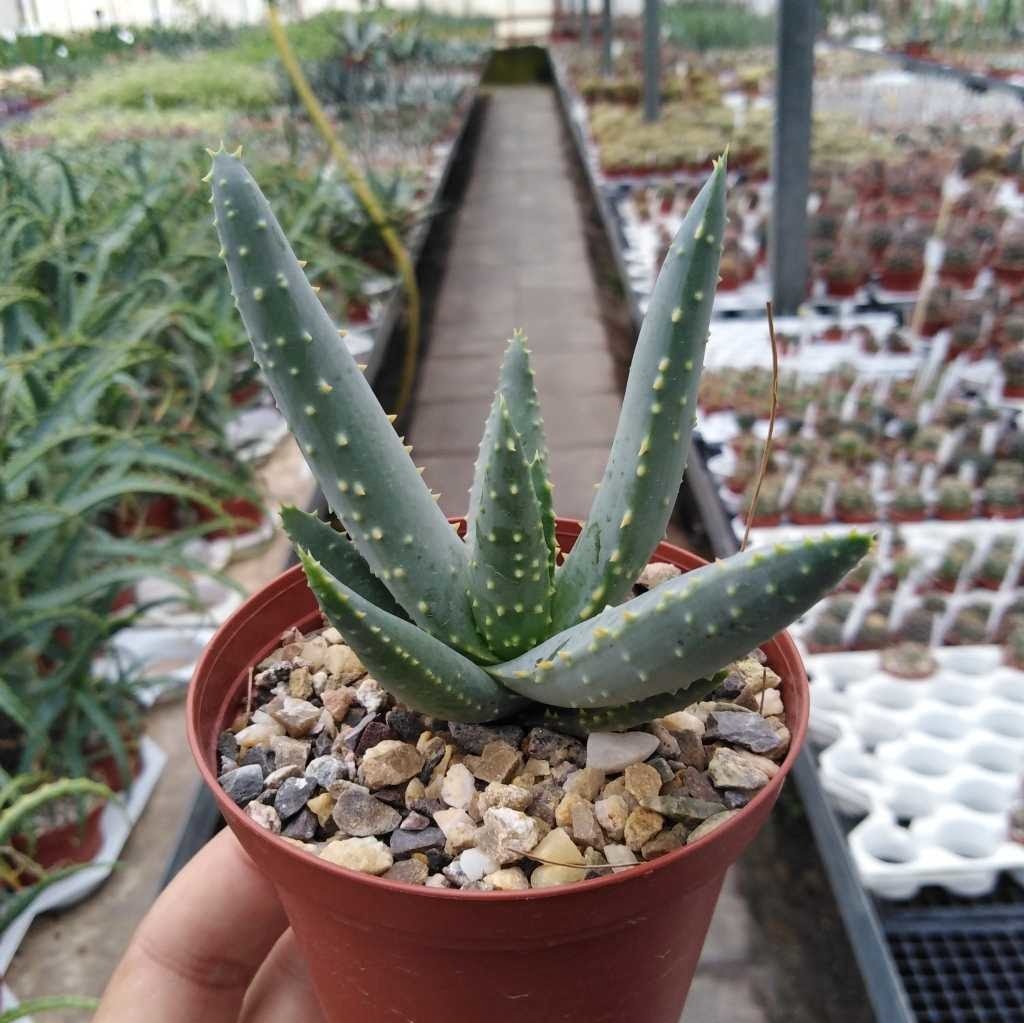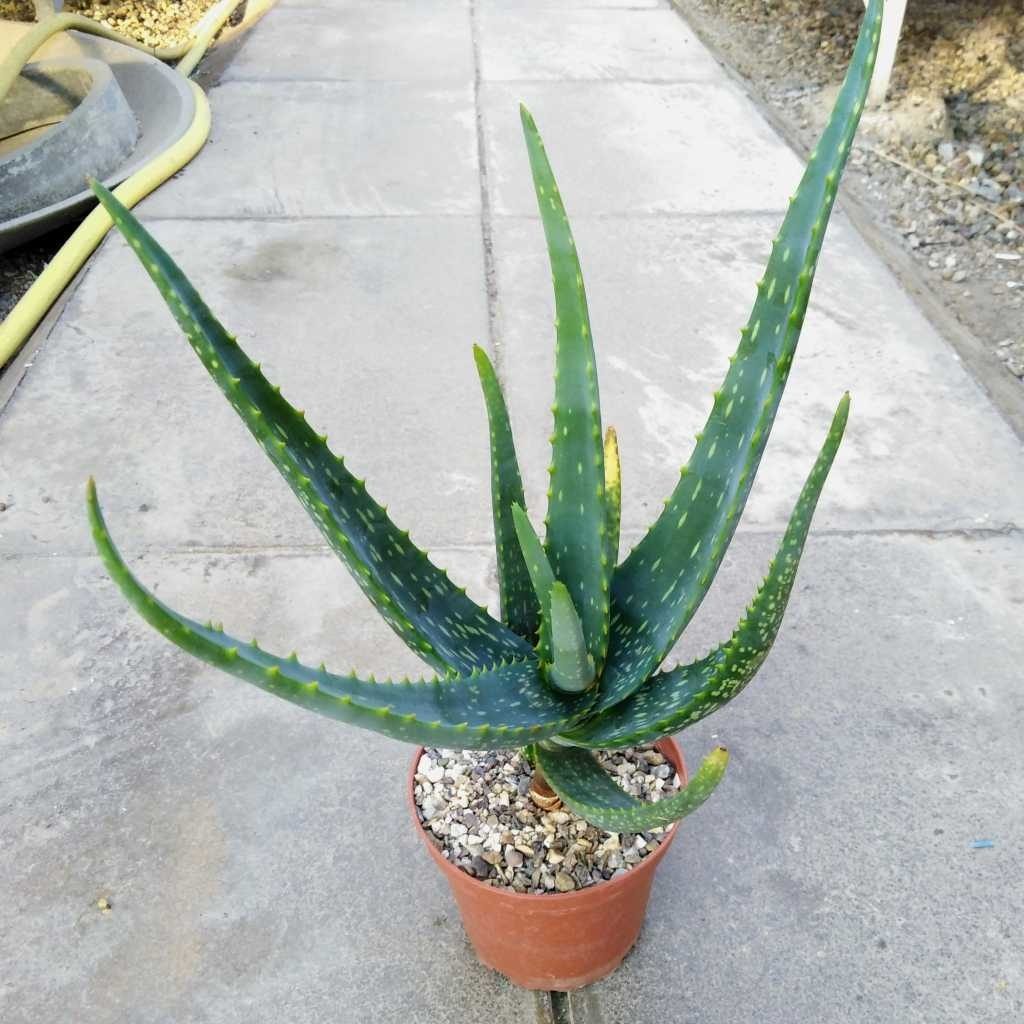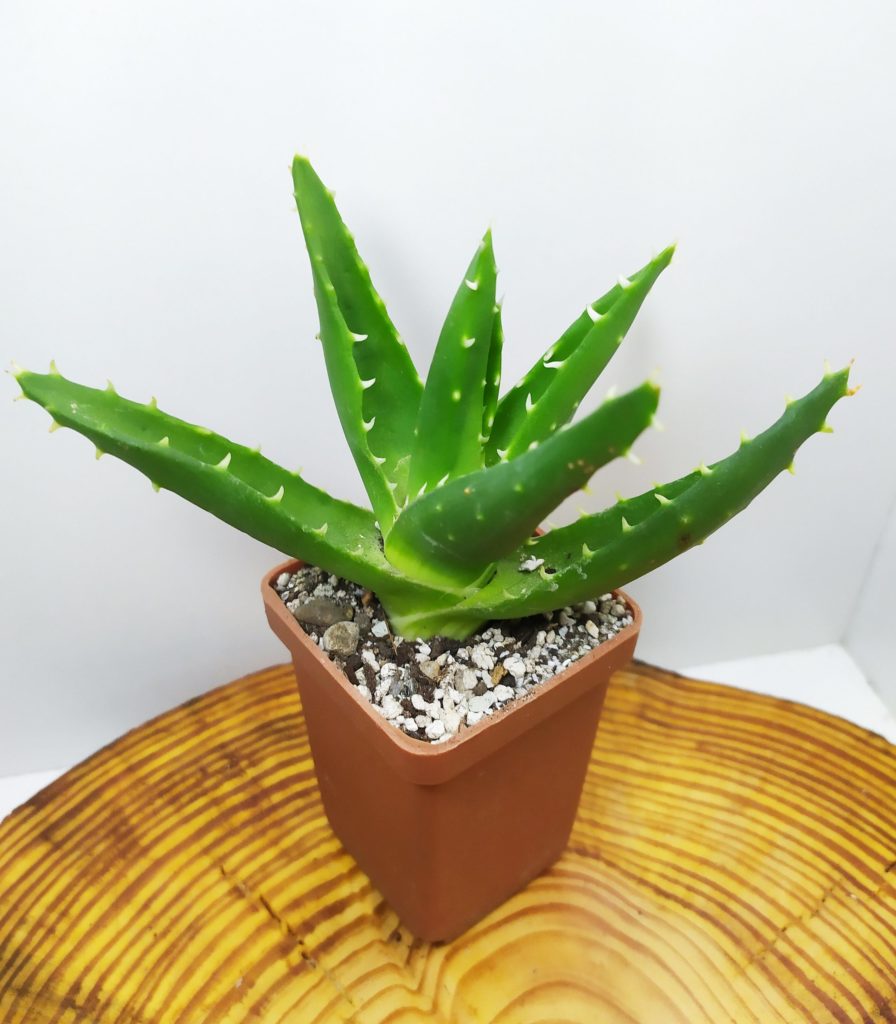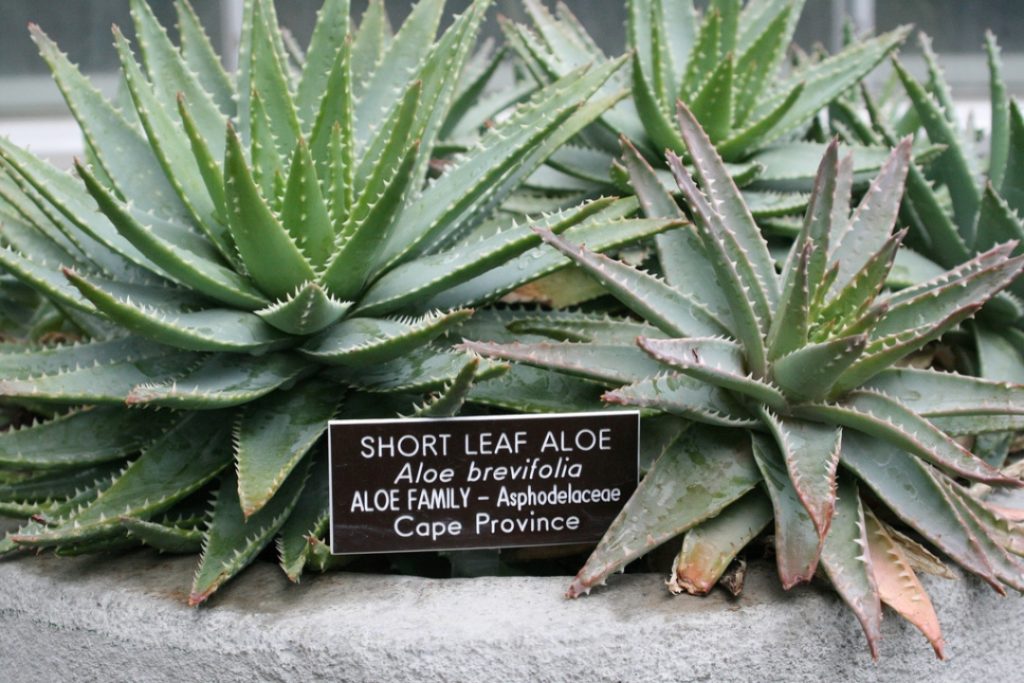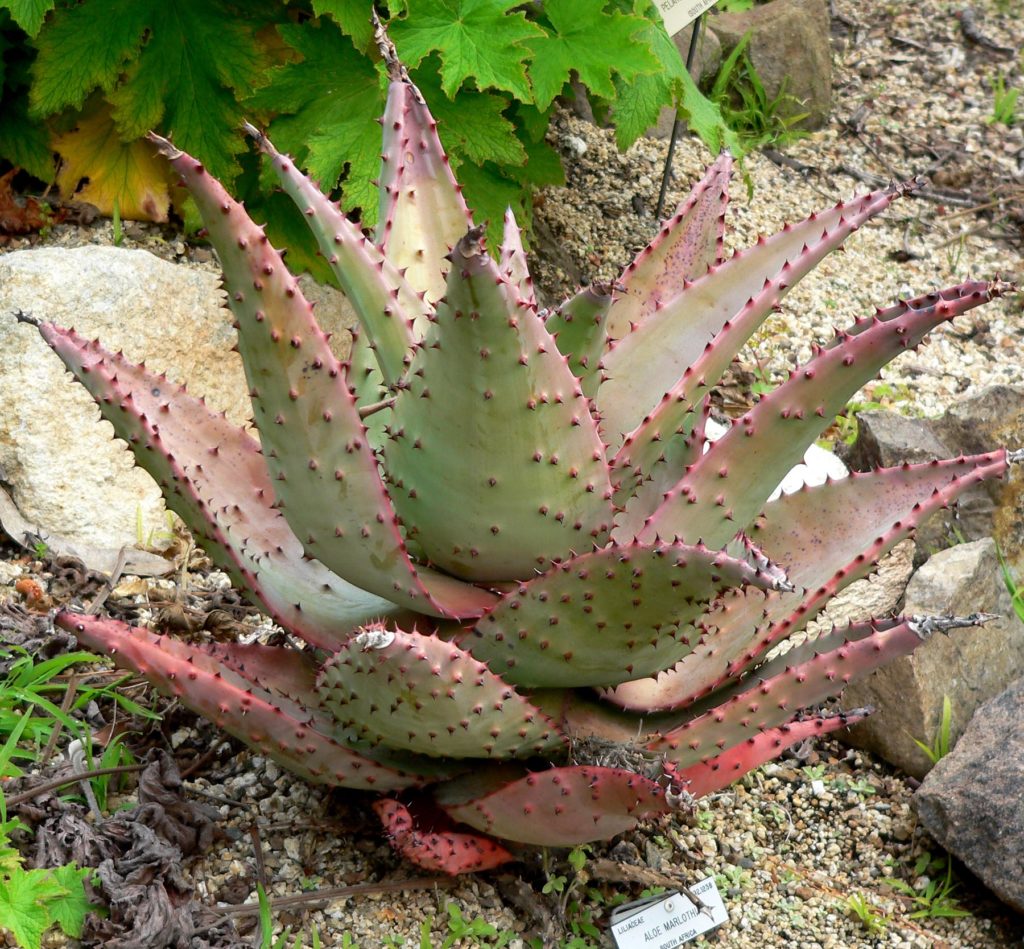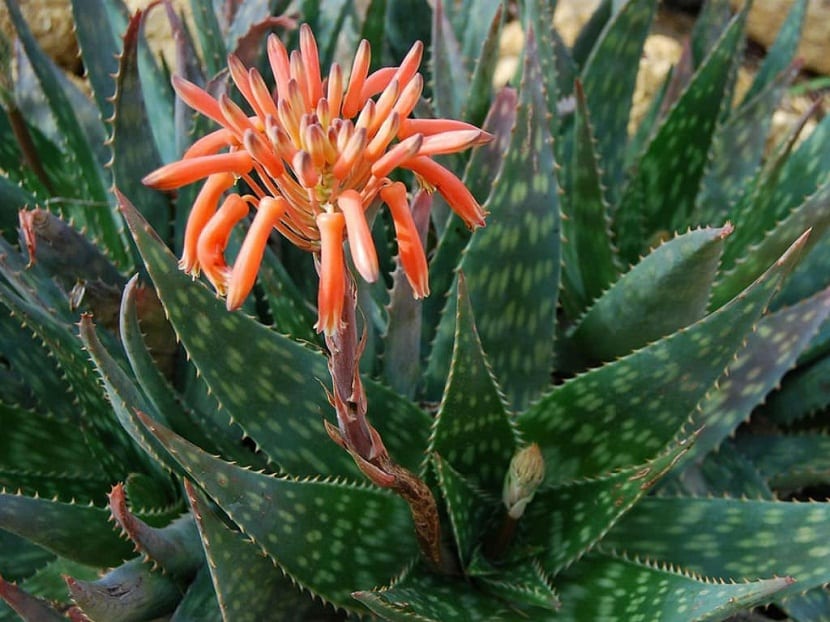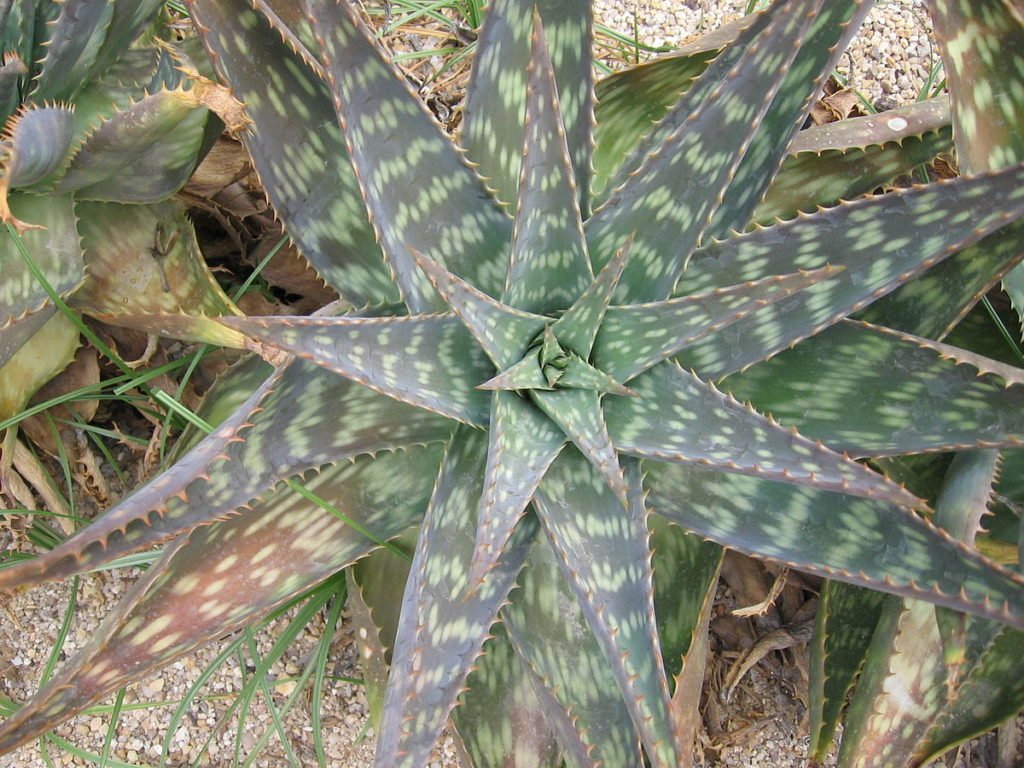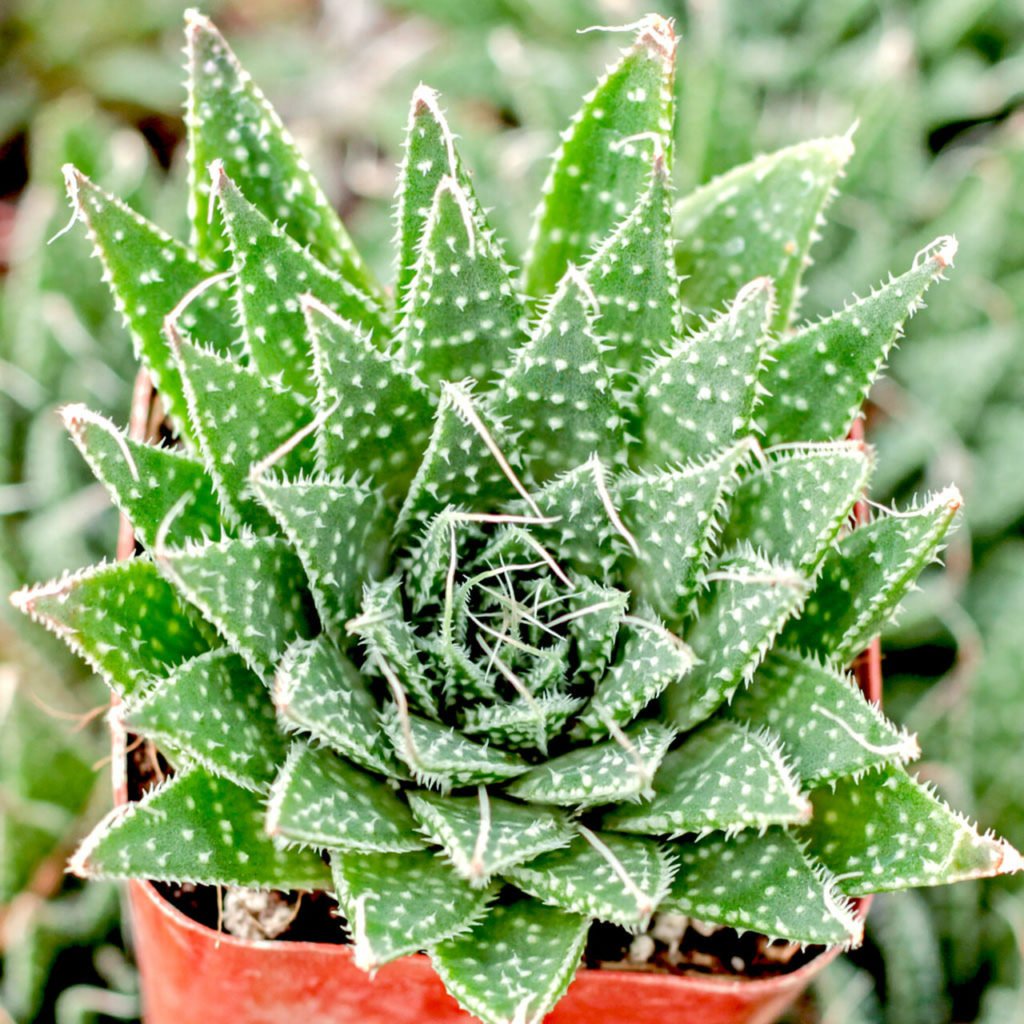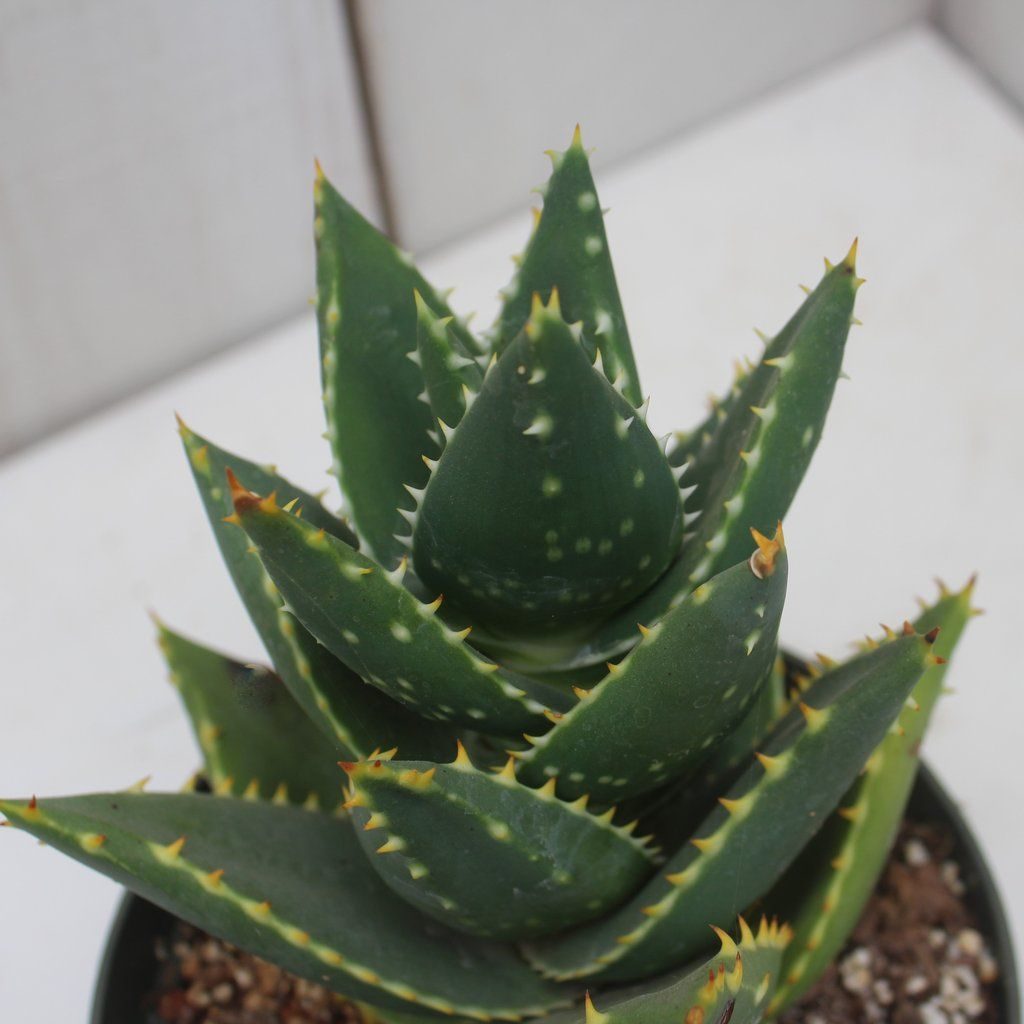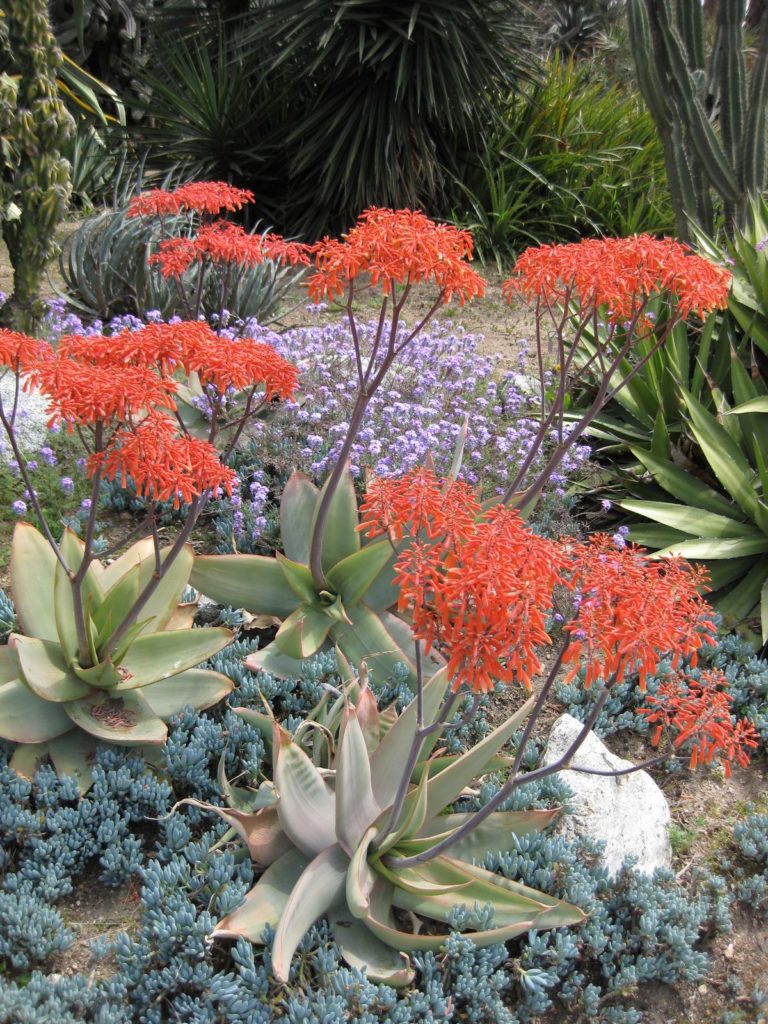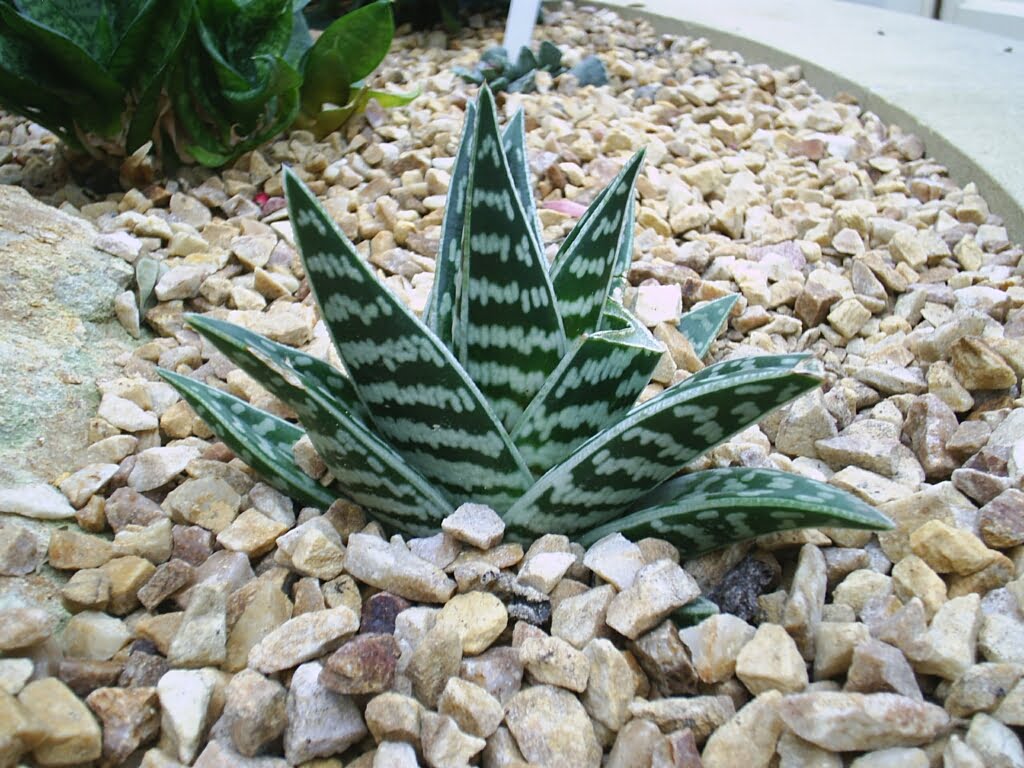In this article, we will discuss a plant whose name is known to all – Aloe. This herbaceous plant has established itself as a versatile remedy for beauty and health, as well as a low-maintenance decorative houseplant.
Plant Description
Aloe belongs to the lily family and has more than 260 varieties. Its native land is Central Africa, so even cultivated varieties and hybrids based on wild aloe are drought-resistant. In the modern world, aloe is widespread across the planet and thrives in various climates. It is used for industrial purposes in the production of masks, creams, balms, and other cosmetic products. Aloe vera juice possesses rejuvenating and moisturizing properties.
Aloe is also widely used in medicine as an excellent remedy for burns, as well as a solution for alleviating allergic irritations and promoting the healing of skin injuries. Aloe vera juice and products derived from this plant can be found in abundance on the shelves of grocery stores.
Externally, all types of aloe are perennial herbaceous shrubs with leaves resembling large fleshy blades. These leaf blades form a rosette that grows directly from the base. Some species are covered in thorns, while others are completely smooth, as if coated with a layer of wax.
Aloe blooms with beautiful flowers, which, depending on the variety, come in various inflorescence shapes and a wide range of colors.
Caring for Aloe at Home
Lighting
Aloe loves light. This plant thrives under direct sunlight. In months with shorter daylight hours, aloe may need additional illumination with daylight lamps.
Temperature and Humidity
Aloe thrives in temperatures of +14°C and above. The warmer the environment, the faster it grows. During the warm months, a potted aloe plant will do well outdoors on balconies, terraces, and patios.
Aloe has no specific humidity requirements and does well in both dry and humid air.
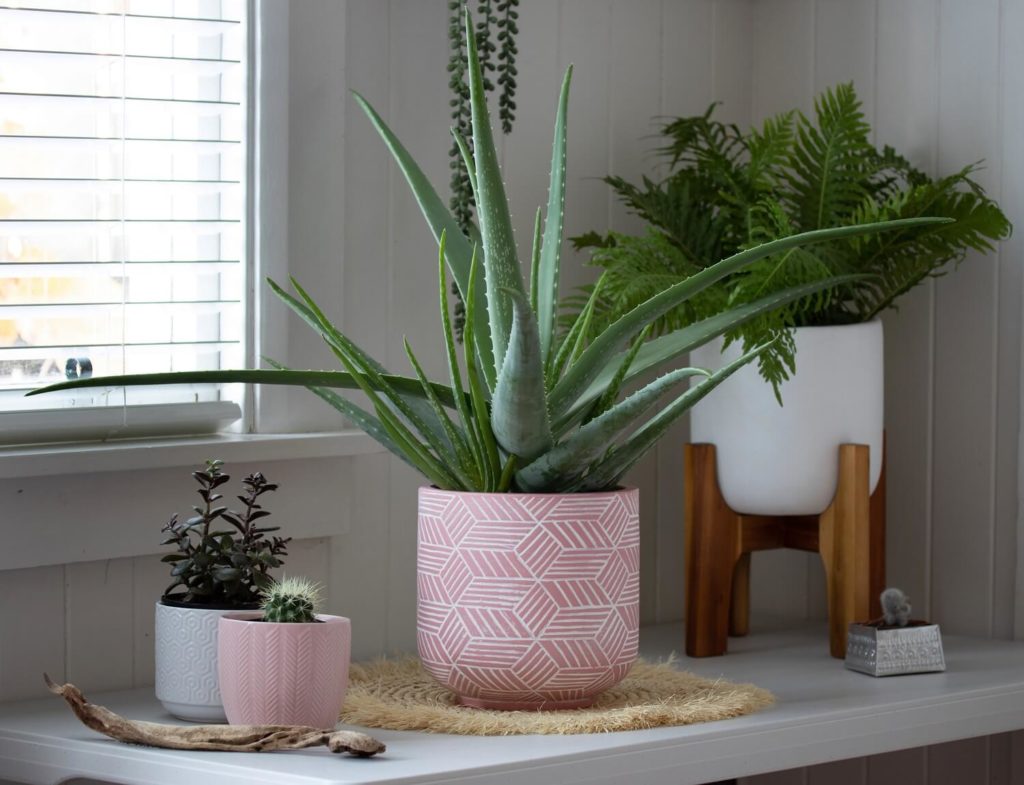
Watering
Aloe does not require much water, so it should only be watered when the soil in the pot has completely dried out. When watering, it’s essential to be careful and pour water directly onto the soil, preferably into the pot’s tray. Water getting on the rosette and leaves can lead to rotting and plant demise.
In the winter months, when indoor temperatures are lower, reduce the frequency of watering to a reasonable minimum.
Flowering
Aloe can bloom, but it is often chosen as a low-maintenance plant. Therefore, flowers are rarely seen under artificial conditions. However, if desired, aloe can be induced to produce flowers. To do this, the plant needs to be put into a dormant state. Aloe can “sleep” and gather strength for several months if kept in a cool environment with long daylight hours. After a few months of this regimen, aloe will awaken and reward you with beautiful flowers.
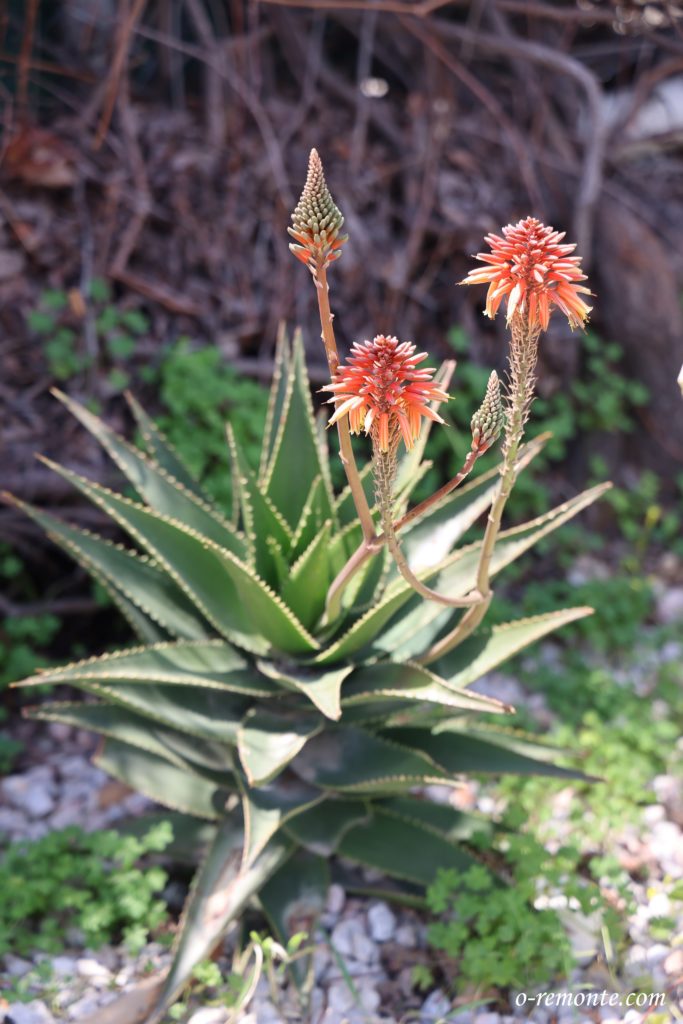
Fertilization
Fertilize aloe during the warm months at 30-day intervals. Any ready-made cactus and aloe fertilizers are suitable for this purpose.
In winter, when the plant is in a dormant state and growth is halted, fertilization is unnecessary.
Repotting and Soil
The root system of aloe grows relatively slowly, and the older the plant, the slower its growth becomes. Therefore, young aloe plants should be repotted into larger containers no more than once every two years, while mature aloe may need repotting every five years.
To ensure the longevity of aloe, use a specific soil mix. The standard mix for this plant consists of leaf soil, loam, and sand in proportions of 1:2:1.
To make the substrate more porous and prevent water retention, you can add charcoal, fine gravel, shells, or ceramic shards to the soil. It is not necessary to create a separate drainage layer.
Methods of Propagating Aloe
In home conditions, Aloe can be easily propagated in two ways: from seeds or offsets.
Propagation from Seeds
Ready-to-use Aloe seeds can be obtained from flower shops or harvested from dried stems.
In a planting container, create a drainage layer and fill it with a prepared mixture of sand, loam, and leaf soil. Plant the seeds. Place the container in a shaded, well-ventilated area, maintaining a temperature of 20 degrees Celsius throughout the germination period.
Water the seeds daily, but do not overwater.
Seedlings should emerge within two weeks. When the seedlings are one month old, transplant each of them into a separate pot. After 3-4 months, young Aloe plants should be repotted into larger containers and switched to the care routine for adult plants.
The best time to sow the seeds is at the end of winter or the beginning of spring.
Propagation from Offsets
The simplest method of propagation is through offsets. To do this, carefully separate a few young offsets from the main rosette and plant them in a separate container.
The soil for offsets should have the same composition as that for seeds.
At temperatures below 20 degrees Celsius, in diffused light, and with daily watering, offsets will quickly develop roots and start growing upwards. As soon as these processes become noticeable, the plant can be considered mature, and standard care guidelines can be applied.
Select young offsets at the beginning of summer.
Diseases, Pests, and Treatment of Aloe
Mistakes in care and pests can lead to several problems with Aloe. Most commonly, plants may exhibit the following symptoms:
- Leaves lose their bright green color and become pale, gradually wilting. The cause of this can be poorly selected soil composition or excessive watering;
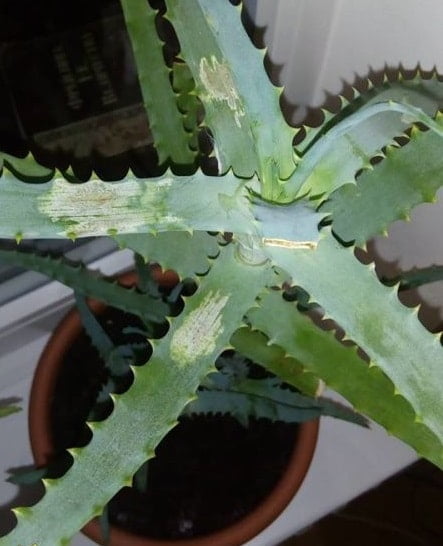
- Changes in leaf shape. Inadequate lighting causes the plant’s leaves to stretch upward intensively, and Aloe loses its attractive decorative appearance. To prevent this, provide the plant with a 12-hour photoperiod using daylight lamps;
- Rotting of roots and leaves. Rot is the first sign of improper watering. Rotting stems indicate that water is reaching the plant’s rosette during watering, with the room temperature below 18 degrees Celsius. To help Aloe, cut away all rotting parts, transplant it into fresh sterile soil, and subsequently follow proper watering practices;
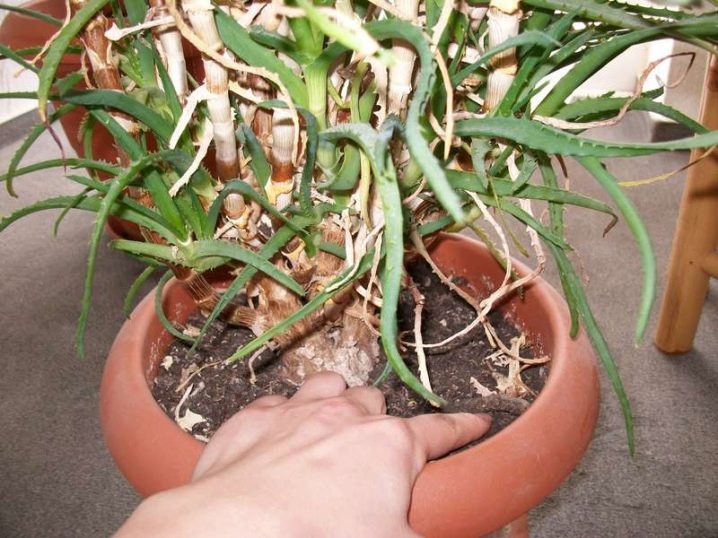
- Leaf tips dry out and turn dark brown. Despite Aloe’s indifference to humidity, this is a signal that the room’s air is very dry. In this case, increase room ventilation and monitor humidity levels;
- Dark spots on leaf edges. This symptom is caused by insufficient watering. To assist the plant, water it;
- Dark spots throughout the leaf surface. You may encounter this problem if the Aloe container is placed in a draft or at a temperature below 10 degrees Celsius;
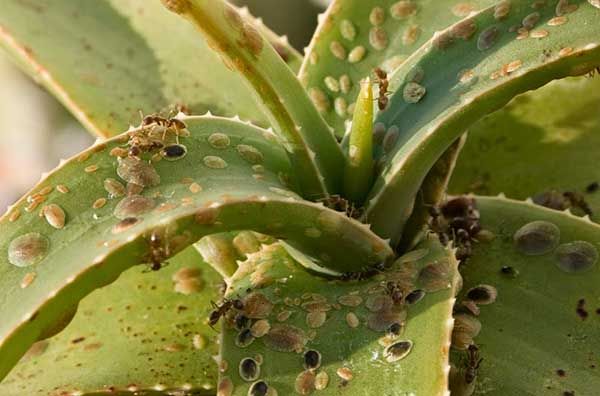
- Insects. Aloe plants may be attacked by mealybugs, thrips, spider mites, or aphids. In such cases, the plant needs to be transplanted into clean soil and treated with disinfectants.
Types of Aloe with Photos
There are hundreds of Aloe species, hybrids, and cultivated varieties. Domestic Aloes come in the most fascinating decorative forms, making them excellent interior additions that can enhance the ambiance of any room.
Aloe albiflora (White-Flowered Aloe)
The leaves of this species have a grayish-green hue and are dotted with white spots. Small white spines frame the leaves. The leaves can reach up to 25 centimeters in length and 5 centimeters in width. Aloe albiflora blooms with white flowers that hang in clusters from a tall stem, reaching up to 50 centimeters in height.
Aloe plicatilis (Fan Aloe)
This species can also be found under other names:
- Aloe tripetala (Umbrella Aloe);
- Aloe lingua (Tongue Aloe);
- Aloe linguaeformis (Tongue-Shaped Aloe).
Aloe of this species can grow into a massive bush (in the wild, up to 5 meters in height). It has a stem that, with age, becomes woody and transforms into a true trunk. With time, branches grow on this woody trunk, forming new rosettes with leaves.
The leaves in the rosette are arranged opposite each other, creating a composition of 16 leaf blades. These leaves can reach up to 30 centimeters in length and 4 centimeters in width, with an elongated shape and a rounded tip. This Aloe species lacks spines.
In its vegetative period, Aloe produces a long stem (about 50 centimeters) on which clusters of red flowers appear.
Aloe vera
Aloe vera has the following subspecies:
- Aloe Lanzae;
- Aloe barbadensis (Barbados Aloe);
- Aloe Indica (Indian Aloe).
The most well-known type of aloe, from which you can even make cosmetic and medicinal products at home.
It consists of small rosettes made up of elongated, pointed leaf blades. The leaves are bright green with white spots and have light pink thorns along the edges. The leaves can reach up to 50 centimeters in height.
During flowering periods, it produces tall flower stalks with several clusters of light yellow or orange flowers.
Aloe descoingsii
This small rosette is formed from leaves that resemble elongated triangles. The plant’s height is no more than four centimeters. The dark green leaves are adorned with white spots and it blooms with clusters of tubular-shaped orange flowers.
Aloe Jacksonii
A medium-sized bush (up to 30 centimeters in height), Aloe Jacksonii has narrow green leaves with white spots and small thorns. It features a single long thorn growing from the center of the rosette.
Clusters of red tube-shaped flowers form on a 20-centimeter stem.
Aloe dichotoma
In its natural habitat, Aloe dichotoma is a giant tree, reaching about 8 meters in height. It boasts narrow (6 centimeters) but long (40 centimeters) wax-covered leaves. The color of the leaf plates is turquoise, and the leaf edges are adorned with small thorns. Its flowering stem is covered with clusters of tubular, bright yellow flowers.
Decorative varieties of this aloe share the same external characteristics but in a miniature form.
Aloe arborescens
In everyday terms, this popular plant is often referred to as the “Century Plant.”
This species can grow into a 3-meter bush, resembling a full-fledged tree over time. As the lower parts of the leaves become bare and woody, full-fledged branches start to sprout, forming young rosettes.
The color of the leaves is light green with a pronounced grayish hue. The leaf shape resembles a curved sword, 6 cm wide and 50 cm long. The leaf plates are covered with thorns measuring up to 0.3 cm in length. Unfortunately, this type of aloe does not flower in indoor conditions, but outdoor shrubs produce clusters of red, yellow, and pink flowers.
Aloe camperi
This species is a medium-sized shrub with very narrow, elongated leaves. The leaf plate’s height is 50 cm, and its width is 5 cm. The leaves are brightly green and glossy. Instead of thorns, sharp serrations line the edges of the leaf plate. During flowering, it produces clusters of orange, yellow, and red flowers in the form of 5-centimeter-long tubes.
Aloe mitriformis
A small shrub with rounded leaves, 15 centimeters wide and up to 20 centimeters in height. The color of the leaves can range from gray-blue to green. The inner side of the leaf plates and their edges are covered with small thorns.
It does not flower indoors, but outdoor shrubs bloom with fiery red tube-shaped flowers in clusters.
Aloe brevifolia
A low-growing shrub resembling a small rosette. Its triangular bluish leaves are entirely covered with white spines. The leaves measure 10 cm in length and 4 cm in width. It blooms with clusters of tubular, bright red flowers.
Aloe bellatula
A 15-centimeter shrub from Madagascar, resembling a tuft of grass. Its dark green leaves take on the form of grass blades, adorned with white bumps instead of spines. The flowers are bell-shaped and delicately pink.
Aloe marlothii
This type of aloe grows into a massive 3-meter tall shrub. Its fleshy, waxy leaves grow in bunches from the rosette and have an elongated shape. The leaves are grayish and can reach 1.5 meters in length and 30 centimeters in width. The leaf plates are entirely covered with pink thorns. The flowers are arranged in clusters and take the form of tubular, bright orange blooms.
Aloe Saponaria / Aloe Maculata
This shrub has stems that branch out, each bearing several rosettes. Each rosette leaf can grow up to 60 centimeters in length and reach a width of 6 centimeters.
The leaves have a concave shape, are bright green with white speckles, and have 5 mm spines along their edges. During flowering, it produces small clusters of dark yellow flowers.
Aloe Aristata
This plant consists of a rosette with short triangular leaves, covered in white, bumpy spots and edged with thorns. A thin, thread-like tip grows from the top of each leaf plate. It blooms with clusters densely filled with bright orange tubular flowers.
Aloe distans
This type of aloe produces stems that sprawl on the ground like snakes, with each stem reaching up to three meters in length. The stems are covered with short (up to 10 cm) but wide (up to 6 cm) leaf plates. The leaves are oval in shape, tapering at the top. The color is grayish-green (khaki). Thorns are located in the center of the front side of the leaf plates and along their edges. The flowers are tubular, yellow in color, arranged in clusters.
Aloe striata (Grey Aloe)
A compact shrub with leaves that measure 50 centimeters in height and 15 centimeters in width. The leaf plates are free of thorns but are bordered with a red margin. The leaf color is grayish-green. It produces clusters of small red flowers during the flowering season.
Aloe Variegata / Aloe Ausana / Aloe Punctata (Tiger Aloe / Speckled Aloe / Dotted Aloe)
The overall height of the shrub is no more than 30 cm. The leaves are dark green, with a white pattern made up of dots and stripes. Leaf plates are up to 15 cm in height and 6 cm in width. During the flowering period, it produces clusters of pink, yellow, and red flowers.
Aloe Ferox
A tall shrub (up to 3 meters) with massive stems that form rosettes of leaf plates. The leaves have an unusual light red color. The edges of each leaf are lined with thorns, which are also present in the center of the leaf plate. Each leaf grows up to 50 cm in height and 15 cm in width. The flowers are bright orange.
Read our special article about all popular house flowers and plants Indoor Plants: Names and Photos with Descriptions.

